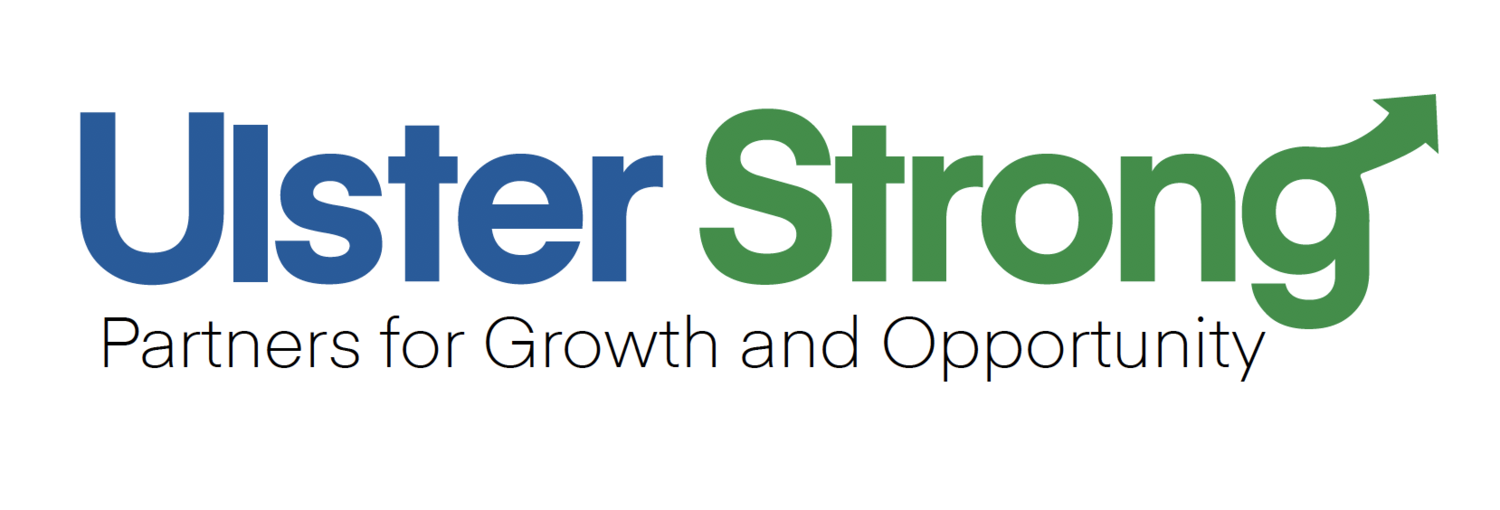THE STATE OF EMPLOYMENT IN ULSTER
By Tony Marmo
President of Normann Staffing
We have an economy that wants to grow and expand, but we don’t have the workforce to accomplish that feat. This issue impacts not only Ulster County, but our state, nation and arguably the world economy. The reasons for this apparent disappearance of the workforce are multiple, but there are potential solutions. As a result of our current labor shortage, Ulster County businesses would likely be growing at a faster pace.
The main sources for the reduction in available workforce are the increasing retirements of Baby Boomers, a shift to online sales businesses, remote work options, workplace culture dissatisfaction, and a continued fear of being exposed to the COVID virus. In addition, there are other, relatively new income options for people, such as rental income derived through putting your home or a section of it on AIRBNB and VRBO, the increasing trend of cash transactions for services rendered, and a growth in certain segments of the economy that deliver goods and services to your door such as Amazon, Door Dash, etc.
Unemployment numbers are relatively low in Ulster County at 3.6% with total employment of approximately 86,400 as September 2022. In April 2019, employment levels were 86, 300 and in April 2018 they were 84,400. This would indicate a modest growth for Ulster County of 2% since 2018, despite the impact of the pandemic. Ulster County tracks slightly better than total growth numbers in New York State over that same period. Nationally, the US has grown jobs by approximately 3.4 million from 2018 to 2022.
So what can employers do in this time of scarce labor for most traditional jobs?
In response to a tight labor market, wages have been on the rise and will likely continue until the supply of labor increases (or demand decreases). Employers must make sure their wage and benefit packages are competitive in order to retain and recruit talent. This can vary by position, and requirements for education and experience. Also, attention needs to be given to insuring a positive work environment and culture. Candidates today are very concerned about not entering a toxic work environment, which often results in lack of job satisfaction and higher turnover.
Employers are advised to use social media to post jobs, such as on LinkedIn and Facebook, great low-cost options. Also, using popular job boards like Indeed, Monster, Career Builder, etc. can increase the response rate, albeit with some unqualified candidates, so be prepared for all kinds of candidate submissions.
Enlisting the services of a staffing company can be a good strategy to get prescreened and vetted candidates to fill positions that have job specifications and descriptions. These companies can take the pressure off the employer by eliminating unqualified candidates, and checking references and qualifications in advance of an interview with the employer. There is a cost associated with this relationship, however many employers accept this in return for quality staff.
Hiring bonuses are another popular way to attract new staff. However, it can be costly, and they have to be structured correctly to ensure that new staff members stay with the company for a period of time before receiving the final bonus payout.
Recently, Job Fairs have not been as effective in attracting new staff since attendance has been low. Perhaps that will change in the coming months as people start returning to the job market. One great source for talent is the recruitment of recent college graduates, an effective way to hire for specific positions that do not require experience.
Some believe that the recent inflation and other changes in the economy will bring people back into the workforce. The pandemic has rewired how we view our jobs, careers, and interface with the public. Many in the labor pool have chosen to become “work from home” employees, leaving fewer people available to work face-to-face with customers. The next 6 months will be telling in terms of people continuing to return to the workforce in the face of inflation and possible recession. Employers need to develop a strategy to recruit new staff, and a willingness to put resources and time in staying the course towards full employment levels.
While there are employment challenges in this marketplace like all others in New York State, Ulster County is well suited to provide the competitive advantage to existing and potentially new businesses. Good working relations exist between the business community, the educational community and governmental agencies such as the Ulster County Workforce Development Board and Office of Employment and Training. Looking into the future and predicting the course of workforce development is not an easy task, but Ulster County is providing valuable opportunities to meet today’s workforce demands, and ramping up additional resources to ensure we can meet growing demand.

